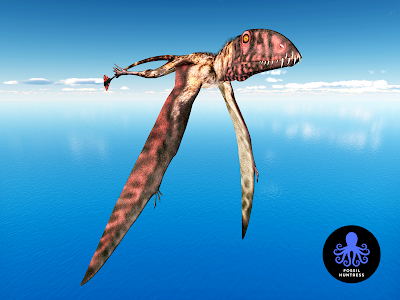At first glance, they look like beautiful and delicate marine flowers. If you have discovered them in tidepools, you will know that they retract or pull into themselves with the lightest touch. These would-be flowers are predatory marine animals of the order Actiniaria that have graced our oceans for over half a billion years.
They are named after anemones — Anemonastrum, a genus of flowering plants in the family Ranunculaceae — because of their colourful flower-like appearance. Sea anemones are classified in the phylum Cnidaria, class Anthozoa, subclass Hexacorallia.
As cnidarians, sea anemones are related to corals, jellyfish, tube-dwelling anemones, and Hydra. Jellyfish have a complex life cycle that includes both sexual and asexual phases, with the medusa being the sexual stage in most instances.
A typical sea anemone is a single polyp attached to a hard surface by its base, but some species live in soft sediment and a few float near the surface of the water. The polyp has a columnar trunk topped by an oral disc with a ring of sticky tentacles that fold in towards its central mouth. If they have stung and paralyzed a tasty snack, it is pulled towards the gaping mouth to be consumed.
The tentacles can be retracted or pulled back inside the body cavity or stretched out and expanded to catch passing prey. They are armed with cnidocytes or stinging cells. In many species, nourishment comes from a symbiotic relationship with single-celled dinoflagellates — zooxanthellae or with green algae, zoochlorellae, that live within the cells. Some species of sea anemone live in association with hermit crabs, small fish or other animals to their mutual benefit.
Most actinarians are sessile — that is, they live attached to rocks or other substrates and do not move, or move only very slowly by contractions of the pedal disk.Sea anemones breed by releasing sperm and eggs through their mouth into the surrounding ocean. The fertilized eggs develop into wee planula larvae that live as tiny planktonic bits floating in the sea. Eventually, they settle on the seafloor and develop directly into juvenile polyps. Sea anemones can also breed asexually. They do this by breaking in half or into smaller pieces that regenerate into polyps.
We sometimes see these beauties kept in saltwater aquariums. I can understand the appeal but it comes with a price. The global trade in marine ornamentals threatens our lovely sea anemone populations.
Most Actiniaria do not form hard parts that can be recognized as fossils, but a few fossils of sea anemones have been found. The bag-like — almost sea cucumber-like — Mackenzia, from the Middle Cambrian, Stephen Formation in the Canadian Rockies of British Columbia and Alberta, is the oldest fossil identified as a sea anemone. These ancient sea anemones attached themselves to hard surfaces, such as brachiopod shells in a similar fashion to their modern sessile cousins.
 |
| Mackenzia costalis, Walcott 1911 |
Some fossil sea anemones have also been found from the Lower Cambrian of China. The new find lends support to genetic data that suggests anthozoans — anemones, corals, octocorals and their kin — were one the first Cnidarian groups to diversify. We will likely find more of these rare fossils over time and perhaps get a better view of their long lineage.
Photo: Charles Doolittle Walcott - Charles D. Walcott: Middle Cambrian Holothurians and Medusae. Smithsonian Miscellaneous Collections Volume 57, Number 3 (Publication 2011). City of Washington. Published by the Smithsonian Institution. June 13, 1911.
References:
Caron, Jean-Bernard; Jackson, Donald A. (October 2006). "Taphonomy of the Greater Phyllopod Bed community, Burgess Shale". PALAIOS. 21 (5): 451–65. doi:10.2110/palo.2003.P05-070R. JSTOR 20173022.
Durham, J. W. (1974). "Systematic Position of Eldonia ludwigi Walcott". Journal of Paleontology. 48 (4): 750–755. JSTOR 1303225.
Conway Morris, S. (1993). "Ediacaran-like fossils in Cambrian Burgess Shale–type faunas of North America". Palaeontology. 36 (31–0239): 593–635.



































